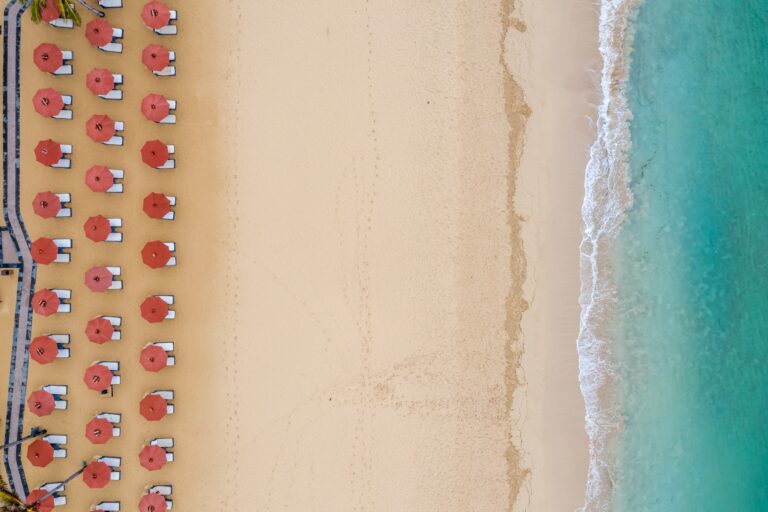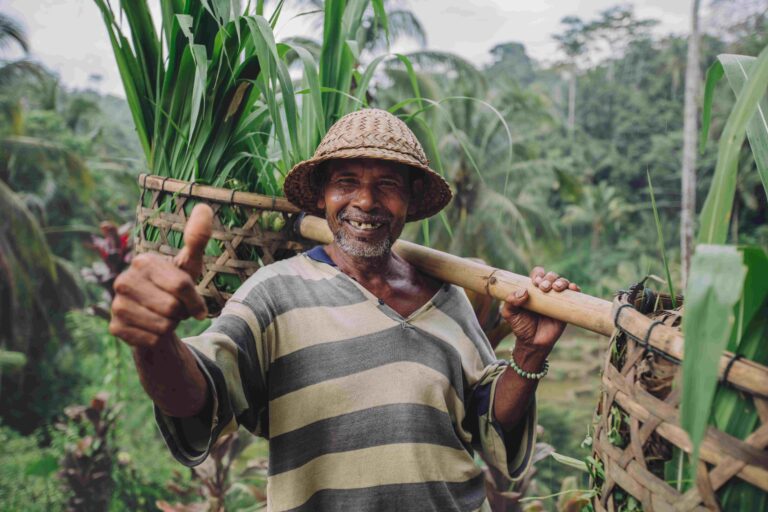Goa Lawah Temple is one of the “six sanctuaries of the world” in Bali and thus, one of the six most holy places on the island.
It’s been constructed around the opening of a cave mouth and the cave is full of thousands of bats, thus, the temple gets its name from the cave.
Our guide to Goa Lawah Temple will tell you all you need to know about visiting this interesting and exciting place and how you can make the most out of a trip here.
Where Is Goa Lawah Temple?
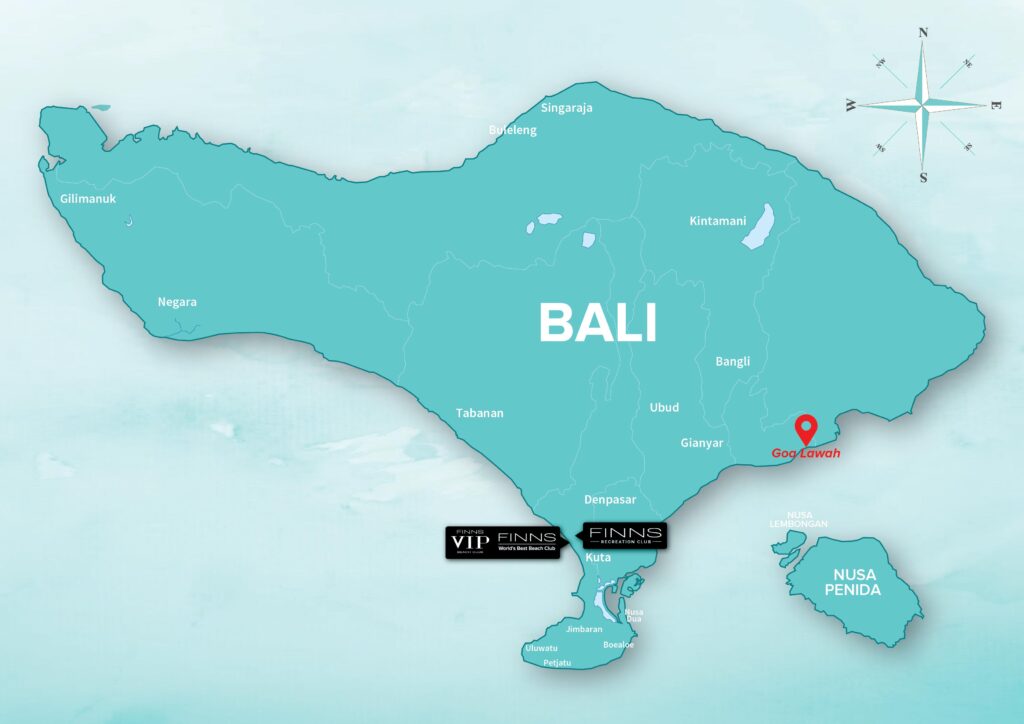
Goa Lawah temple is just outside the village of Pesinggahan and it’s in the Klungkung Regency.
The full address of Goa Lawah temple is CFX9+9GG, Jl. Raya Goa Lawah, Pesinggahan, Kec. Dawan, Kabupaten Klungkung, Bali 80761, Indonesia
How To Get To Goa Lawah Temple?
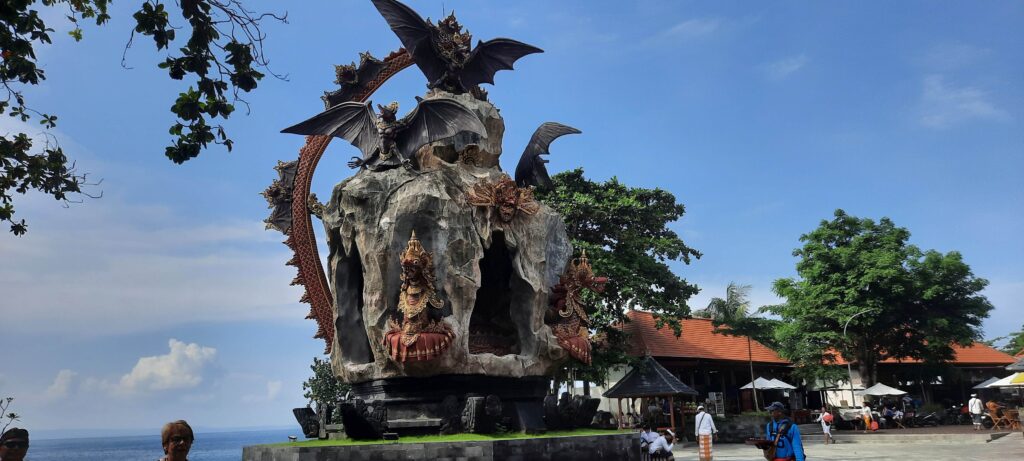
Bali isn’t great for public transport and Goa Lawah Temple is no exception, you can’t catch a bus to this place.
Depending on where you are in Bali, the best way to get here might just be to jump in a ride-share. Grab or Gojek offer convenient and reasonably cheap services.
However, you may find that you have to wait a while to find a driver for the return trip.
One of the easiest ways to see the island including Goa Lawah Temple is to hire your own private car and a driver to go with it. This is much cheaper than it would be back at home.
Using a private driver has the advantage that they can serve as something on an informal tour guide and they will help you to see more of the island as they handle the horrors of Bali’s traffic on your behalf.
You could also consider joining an organized tour of Goa Lawah Temple, you can do this online.
We’re a big fan of organized tours here in Bali. They’re safe and enjoyable and always include an English-speaking guide that can help you get the most out of any given destination.
Why go and see Goa Lawah Temple and then try and figure it all out from a guidebook? It’s better to have someone on hand who can answer your questions and help you better understand the local culture.
You could also rent a scooter, but as always, we just don’t recommend riding scooters in Bali. The roads here are not very well maintained and driving standards are, at best, minimal. Even very experienced riders find it hard to deal with Balinese traffic.
If you’re a beginner, then you don’t want to learn how to ride a scooter in Bali, it’s a recipe for an accident.
Speaking of accidents, while many travel insurance providers do offer coverage for a scooter accident, you must be 100% road-legal to make use of that coverage.
That’s harder than it sounds and you need to wear a helmet at all times, have no alcohol in your system and carry both a valid driver’s license with a motorbike endorsement (a standard car license won’t cut it) and an International Driver’s Permit (IDP).
If you’re not insured and you do get into an accident, the medical bill can rapidly add up to thousands or even tens of thousands of dollars. Saving a few bucks on travel won’t feel so good after a week in the hospital at $1,000 a day.
How Much Is The Entrance Fee At Goa Lawah Temple?
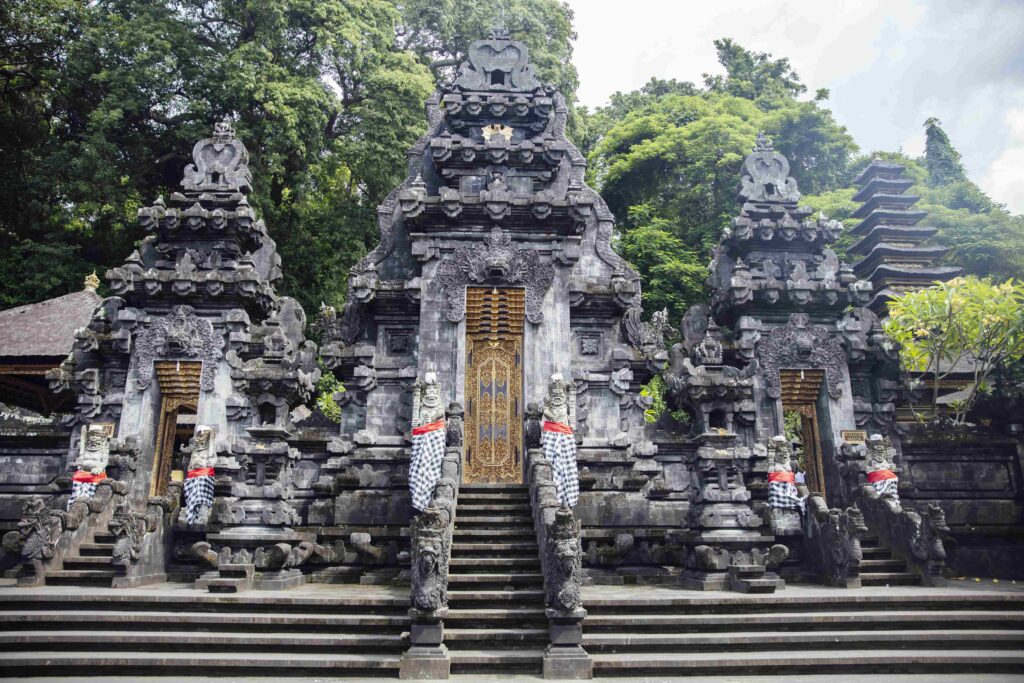
Goa Lawah Temple charges tourists to get in. Local Hindus do not have to pay a fee as long as they have come to pray.
The fees are currently 30,000 IDR per adult, 15,000 per child (5-12 years old, under 5s are free), and 2,000 IDR for scooter parking, and 5,000 IDR for car parking.
These prices, of course, are subject to change at any time.
What Is The Best Time To Go To The Bat Cave Temple?
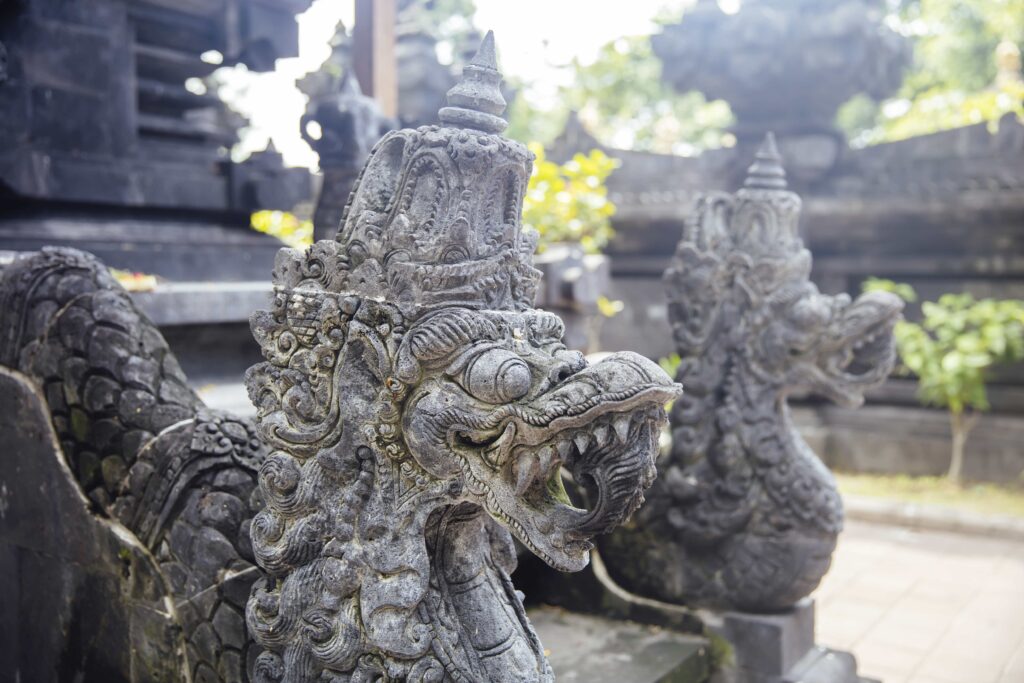
We always say there’s no bad time to visit most places in Bali and this is true for Goa Lawah Temple as it is elsewhere.
The dry season is a little cooler and less humid, but it attracts more crowds and you may find yourself spending much longer to get around Goa Lawah Temple at this time of year.
Conversely, it’s a bit warmer and more humid in the rainy season, but there are far fewer tourists about.
The rain might interfere with your time at Goa Lawah Temple but it rarely rains all day long and you will find that most days in the rainy season see at least 8 hours of sunshine!
We always recommend getting to tourist sites as early in the day as possible because this reduces the number of tourists you will have to contend with.
Also, in the case of a temple, it’s great to visit on the temple’s anniversary “piodalan”, which occurs once every 210 days (as the temple year is based on the Balinese calendar system, not the Georgian calendar) and also on major Hindu festival days such as Galungan and Kuningan.
These days see the locals make a lot of effort to celebrate and carry out interesting rituals. Goa Lawah temple comes alive on these occasions.
When Is Goa Lawah Temple Open?
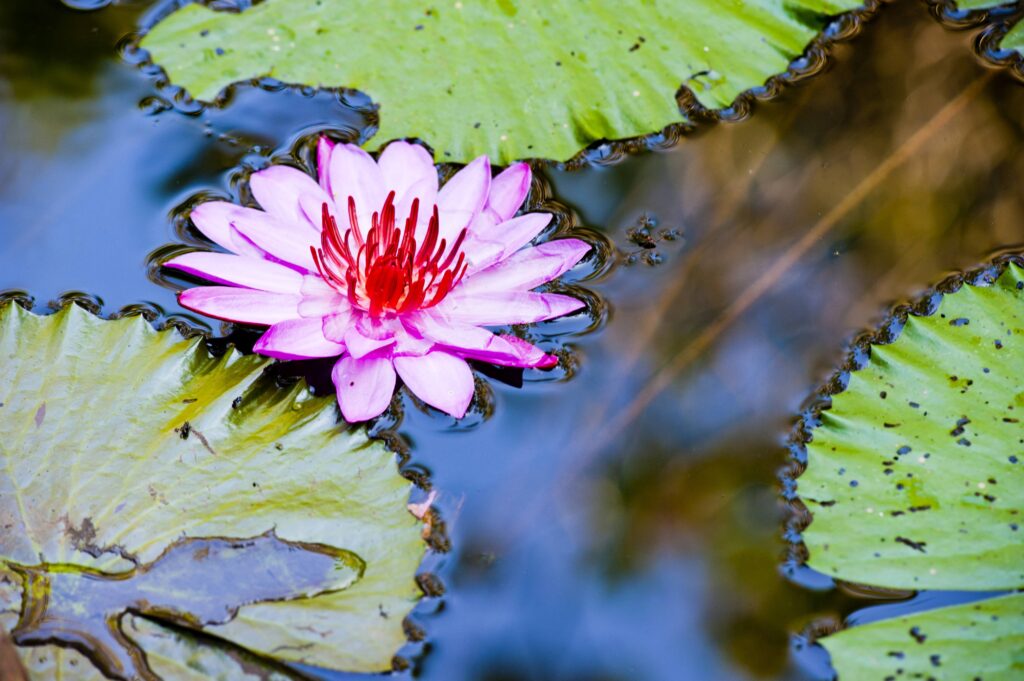
All temples here are open 24 hours a day for Hindu worshippers. However, the Goa Lawah Temple welcomes visitors between 8 a.m. and 6 p.m.
It will be closed for the Hindu Day of Silence, known as Nyepi, and may alter entrance hours on days of religious festivals.
The History Of The Temple
There has been a temple on this site since the 11th century and it was founded by Mpu Kturan.
He was one of the very first priests to help establish Hinduism on the island and it’s possible that the original purpose of this temple was as a meditation centre for priests.
The temple had a reasonably uneventful history until in the 19th century, it became a focal point for conflict between the Dutch invaders and the local armies.
It was here that the armies of the Royal Netherlands East Indies Company, commanded by Andreas Victor Michiels, clashed with the forces of the Klungkung Kingdom, led by Dewa Agung Istri Kanya.
Bali didn’t fall to the Dutch colonialists until later in the war, and in fact, it was one of the last parts of Indonesia to be colonized.
In the early part of the 20th century, it became common for people to attach ceramic plates to the shrines and gates of the temples in Bali and you can find some still on display here.
If you visit Pura Kehen temple, there is a lot more of this style of work on display, as they’ve taken a lot of it down at Goa Lawah.
Basuki Dragon
This temple is officially, the temple of the head of the Basuki Dragon or the Naga Basuki.
Goa Rajah temple at Besakih Temple represents the tail of the Naga Basuki.
This dragon is said to have been sent to Earth by the gods to help keep the natural balance of water and air.
Ida Sang Hyang Widhi Wasa/Dewa Maheswara Worship
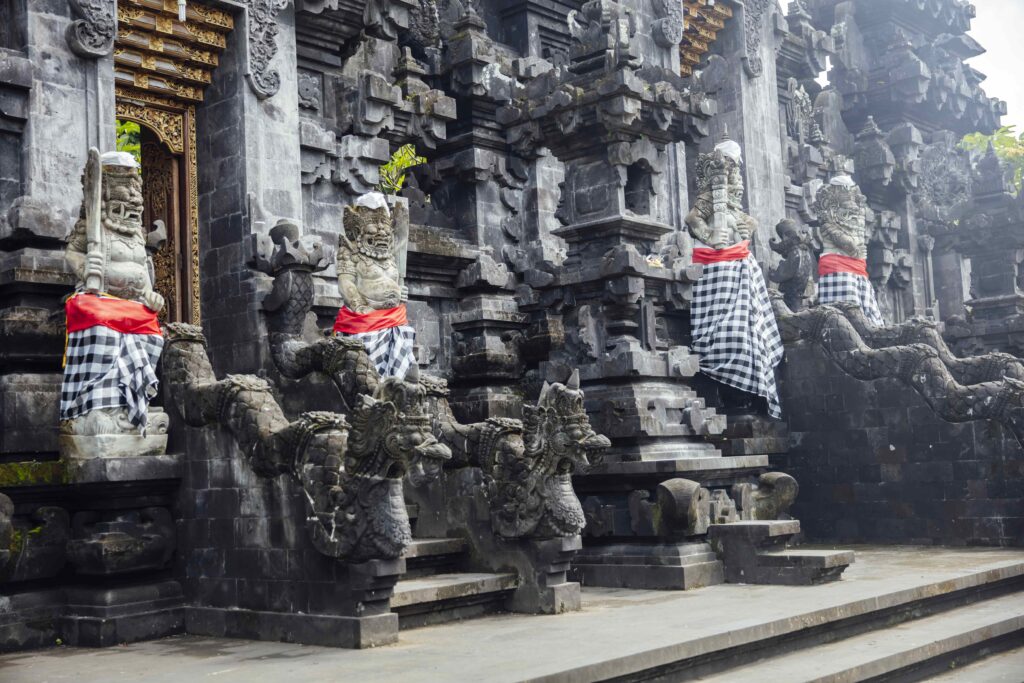
The two names in the title of this section are simply manifestations of the ruler of the ocean, Batara Tengahing Segara.
This temple was once the scene of a holy event where Dalem Gegel, a local prince from Mengwi (want to learn more about Mengwi? See our guide to Mengwi), arrived to demand answers from the spirits here and was made deaf in the process.
However, in return for his hearing, he was given the answers he sought and his understanding helped this temple become a place to worship both the land and the sea.
The Layout Of The Temple
As with all temples in Bali, the tri mandala system was used to help design the buildings here.
-
The first courtyard is in the cave where nectar bats and shrines may be found
-
The second is around the outside of the Candi Bentar gate
-
Then the third is through the gate where three pavilions can be found including the bale gong (which contains the gamelan instruments for ceremonies)
-
If you go west from here, you can enter the fourth and penultimate part of the temple and the outer sanctum
-
Then in the inner sanctum, the fifth courtyard, there are three Meru towers, one of which is dedicated to Shiva
The Secret Mystery Passage Of The Temple
It is said that somewhere at this site there is a secret passage that leads all the way to the Mother Temple!
It’s said that a local prince once hid from his enemies here in the cave and discovered the passage and emerged in the foothills of Mount Agugn in Besakih!
The strange thing is that it doesn’t appear anyone has tried to prove or disprove this tale since.
About The Bats At This Temple
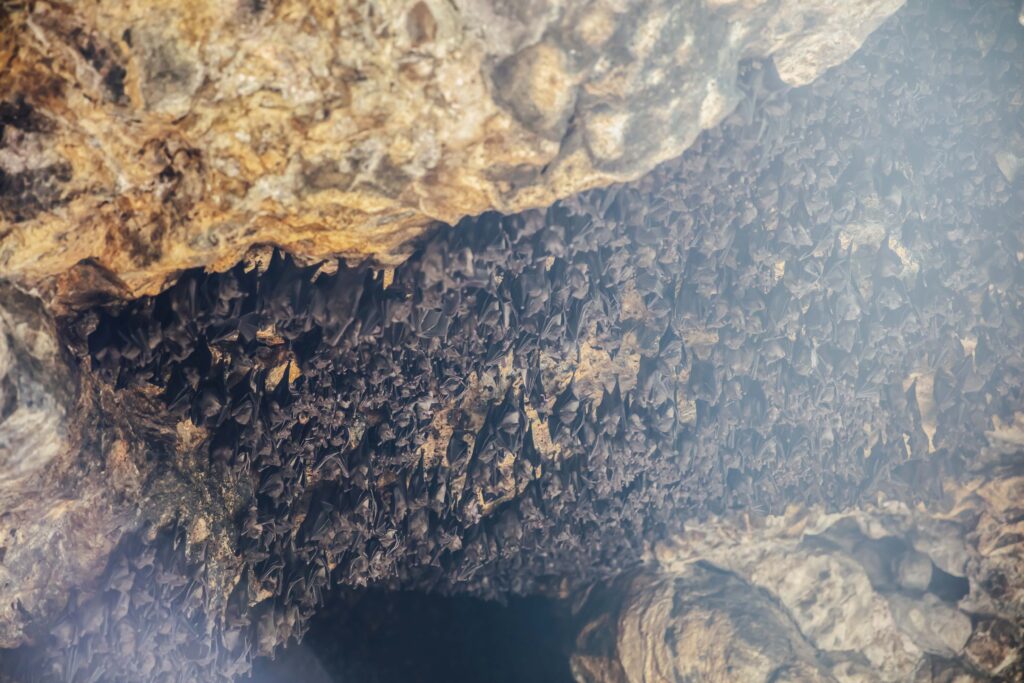
The bats here are mainly nectar bats, Eonycteris Spelea, which means they eat fruit and are of no danger to people.
However, there are snakes (we’ve got a great guide to Bali’s snakes) that keep the bat population under control and they aren’t quite as harmless to people, so it’s best to keep a little distance from the colonies.
The Role Of The Bats In The Local Ecosystem
The bats are expert pollinators and seed dispersers. They also have been known to snack on some of the local insects which ensures that they aren’t able to become a problem to people nearby.
In short, bats are a positive influence on the local area.
What Facilities Are At The Bat Cave?
There are a few amenities here including:
A decent-sized parking lot
Stalls selling food and drinks
A rest/picnic area
A toilet (in surprisingly good condition)
Souvenir vendors
Vendors renting and selling temple attire
The Dress Code At This Temple (And Other Rules)
You’re expected to dress respectfully at all temples in Bali and that includes Goa Lawah. In practice, this means you must have your shoulders and legs covered.
If you’re not properly dressed, you can rent a shawl and sarong (or buy one) near the entrance.
Please don’t try to enter if you’re not covered up, it can cause serious problems and might even lead to being deported from Bali!
The Piodalan Ceremony

The Piodalan or sometimes just “Odalan” ceremony is the anniversary of the temple and they have a huge festival on this day.
It occurs once every 210 days (due to a quirk of the local calendar) and if you visit at this time, the temple will be decked out in beautiful floral displays and everyone will be wearing their best and brightest attire.
Goa Lawah Beach
Goa Lawah Temple is right by Goa Lawah Beach. That means that many of the local devotees who come to worship here visit the beach first to bathe in the seawater to purify themselves.
The beach is also less than a kilometre from the nearby settlement of Pesinggahan which means you can easily find drinks, snacks and services nearby.
It’s a black sand beach (though the appearance of the sand is closer to grey) and if you’ve never enjoyed a black sand beach, this one is much quieter than the average beach in Bali. Thought it can get busy in peak season.
Black/grey/brown sand here is the result of rock being thrown into the sea during an eruption of the active volcanoes here (usually Mount Agung) and then it’s ground by the water into small particles which wash up on the beach.
While Bali is famous for its white and golden sands, nearly half of the island has black sand beaches!
This is a nice beach for sunbathing on, there is also some shade offered by the palm trees lining the shore if you want to cool off.
The sand is soft underfoot and there’s no need to wear any kind of special shoes on this beach.
There is no entrance fee for the beach and it has changing rooms, showers, toilets, and a beach restaurant that serves local food.
You can park right on the beach and there is a small fee for the use of the car park.
It is safe to swim on this beach and there are some limited facilities for other water sports here too. There are rarely any sharks in the waters here and those sharks that do occur are not dangerous to people.
It’s also pretty clean, so please remember to pack up any rubbish you create while you’re on the beach and take it home with you.
Plastic pollution, in particular, is becoming a real issue on Bali’s beaches and there really is no need for any of us to add to that.
There are also five other beaches within a short drive of this beach, with Bias Tugel Beach (a very highly rated Balinese beach) probably the best of them.
Other Temples In Bali

The Mother Temple is the largest and most important temple site in Bali. It’s in the North of the country near Bedugul and it’s well worth visiting.
Uluwatu Temple
This cliff-top temple offers amazing views of the Indian Ocean, it’s one of the most important Hindu defenses against the sea and it hosts the kecak dances (fire dances) which are considered to be the most exciting dance performances in Bali.
Tanah Lot
This small temple sits on an island off the coast and is absolutely spectacular at sunset. You can’t enter this temple but if you visit at low tide, you can walk right up to the island that it sits on.
Also check out our lists with more temples here: Bali Temples or the best Ubud temples.
What Is The Meaning Of Goa Lawah?
The word “pura” of course, means, “temple” and that’s why when we say Goa Lawah Temple, we tend to drop “pura” from the title.
“Goa Lawah” means “sacred bat cave” and thus, the name is simply a reference to the bat cave.
Final Thoughts On The Goa Lawah Temple
Goa Lawah Temple is one of the most interesting temple sites in Bali. Its fascinating history and culture are worth exploring and will give you a better insight into the Balinese people.
You can combine a trip to Goa Lawah with many other attractions on the island, to ensure you get a complete and fulfilling day out. In fact, if you like caves, you can visit several caves in Bali.
It’s also one of the less visited temple sites in Bali and your pictures from Goa Lawah will make your friends and family envious of your trip.
We hope to see you here in Bali soon so that you can tell us about your Goa Lawah adventure.
